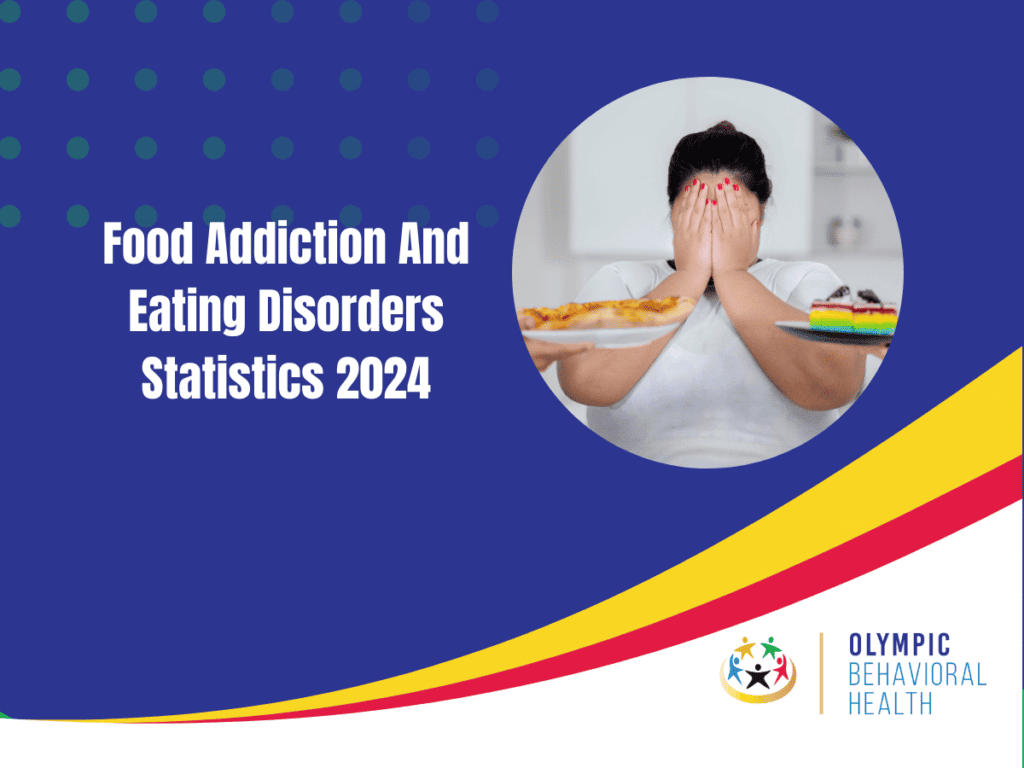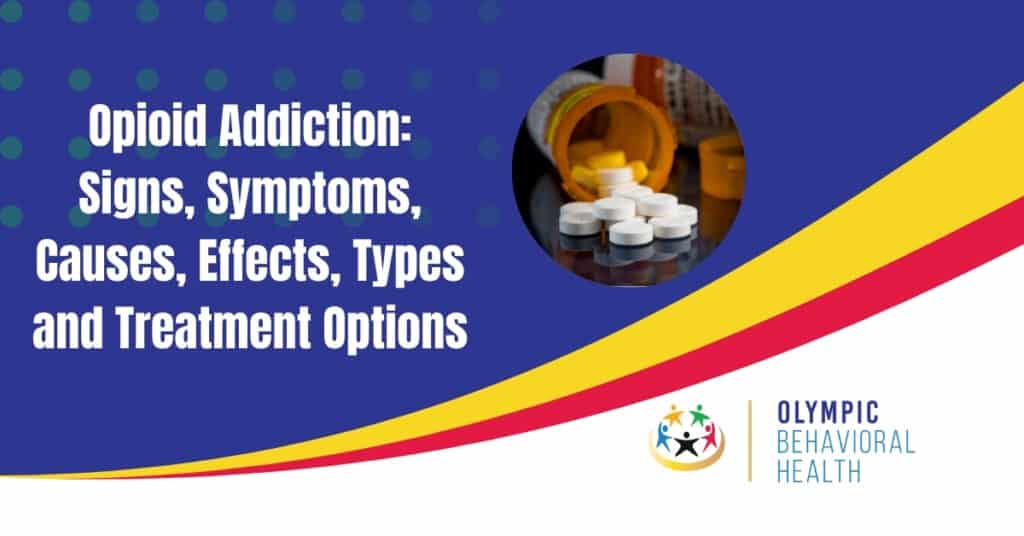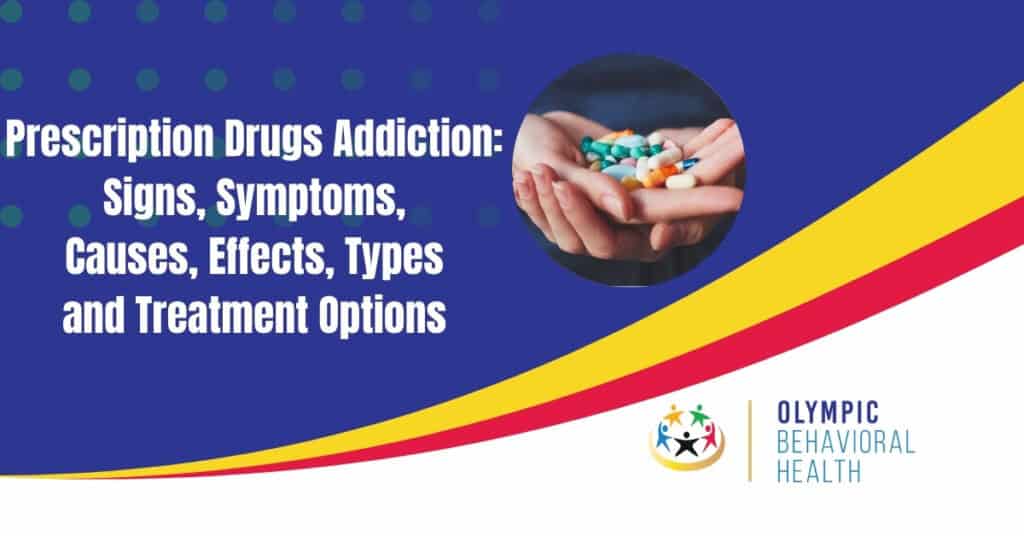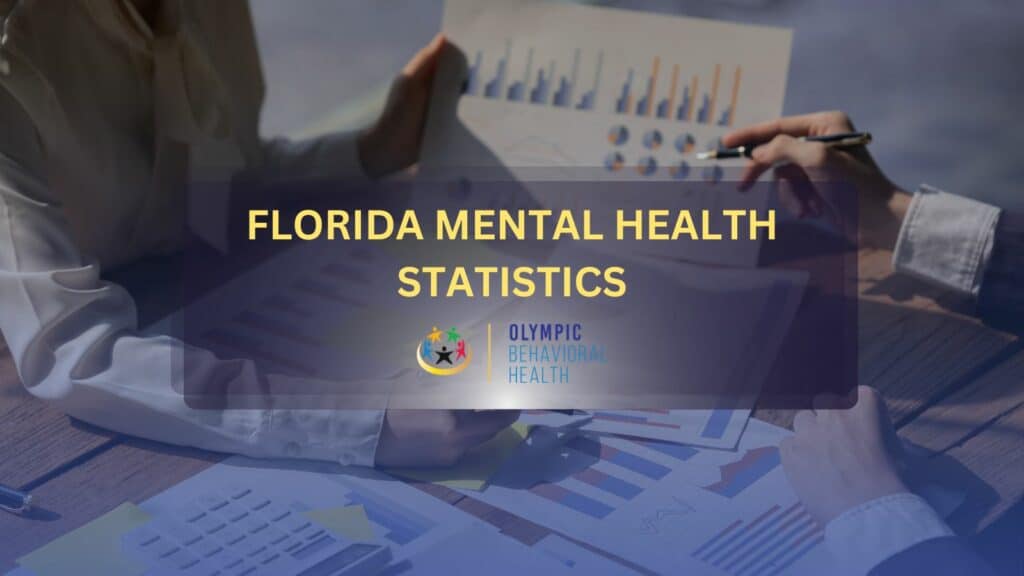Food is a fundamental human necessity, yet for many individuals, thoughts surrounding food can become overwhelmingly dominant.
The prevalence of food addiction is escalating globally, becoming a significant public health issue. This addiction arises when an individual develops an uncontrollable compulsion to consume specific food items, often those that are rich in sugar, salt, and fats—ingredients that enhance palatability, making products like sweets, soft drinks, and fried snacks particularly addictive compared to less processed options like vegetables.
Food addiction is closely linked to eating disorders such as bulimia nervosa and binge eating disorder, suggesting it may be a unique condition within the spectrum of eating behaviors. Both food and drug addictions are intricate challenges that necessitate thoughtful and thorough approaches to treatment.
As we step into 2024, the issue remains: a vast number of people continue to battle disordered eating patterns in various forms. To better understand the scope and impact of food addiction and eating disorders, we’ve provided below a collection of detailed insights and statistics.
Key Takeaways
- The average prevalence of food addiction globally is 20%.
- In the US, more than 70 million adults are believed to be addicted to food.
- The global prevalence of eating disorders rose from 3.5% in 2000 to 7.8% in 2018, reaching approximately 9% in 2023.
- Eating disorders cost about $64.7 billion annually.
- Women are over twice as likely to develop food addiction compared to men. It’s estimated that 8.60% of women and 4.07% of men will experience an eating disorder in their lifetime.
- LGBTQ+ youth are three times more likely to experience an eating disorder than their heterosexual peers.
- The majority of eating disorder cases were found in the 14-18 age group (28%) and 19-24 age group (23%).
- The average economic cost per person with an eating disorder in the U.S. is estimated at $11,808.
- Around 31% of those with anorexia nervosa, 23% with bulimia nervosa, and 23% with binge eating disorder have attempted suicide.
- Psychotherapy is the most effective treatment for food addictions (44%), followed by dietary changes (22%).
General Insights
Food addiction is a significant and growing health concern globally, with an average of one in five individuals across various populations affected. In the United States, a substantial portion of the adult population shows signs of food addiction, with a notable prevalence among young adults.
This issue spans all age groups and contributes to a considerable economic impact, largely due to productivity losses. The most common eating disorders diagnosed are binge-eating and anorexia, indicating a wide spectrum of challenges related to food. The high cost to individuals, families, and health systems, coupled with the substantial loss of life and healthy years, underscores the need for comprehensive approaches to prevention, treatment, and support.
- Population studies indicate between 5.4% and 57% of various populations experience food addictions, averaging around 20% overall.
- More than 70 million American adults are believed to be addicted to food, according to David Kessler, a professor at UCSF and former FDA commissioner.
- The highest occurrence of food addiction is found in individuals between 20 and 29 years old, affecting both men and women, but it’s a significant issue across all ages.
- Among those with eating disorders, 50% are obese, 30% overweight, 20% are at a healthy weight, and less than 6% are medically underweight.
- A 2023 University of Michigan study found that 13% of adults aged 50 to 80 showed signs of addiction to food.
- An estimated 9% of Americans, or about 28.8 million people, will experience an eating disorder in their lifetime.
- The global prevalence of eating disorders rose from 3.5% in 2000 to 7.8% in 2018, reaching approximately 9% in 2023.
- Eating disorders cost about $64.7 billion annually, with the biggest portion, $48.6 billion, lost in productivity. Other costs include informal care ($6.7B), efficiency losses ($4.8B), and health system expenses ($4.6B).
- Of the total annual cost of eating disorders in the U.S., individuals and families bear $23.5 billion, exacerbated by gaps in health insurance coverage.
- Eating disorders directly cause 10,200 deaths each year in the U.S., equating to one death every 52 minutes.
- Eating disorders lead to the global loss of over 3.3 million healthy life years annually.
- In 2022, binge-eating disorder was the most commonly diagnosed standalone eating disorder, accounting for 24.3% of cases.
- Anorexia as the sole disorder followed closely, making up 24.1% of cases. Other diagnoses included bulimia (6.2%), ARFID (5.3%), multiple eating disorders (10.1%), and other types of eating disorders (30%).
Demographic Breakdown Of Food Addiction And Eating Disorders
Food addiction and eating disorders affect all sexual orientations across all ages. It is a complex health issue predominantly affecting women, who are more than twice as likely as men to develop such conditions, particularly during young adulthood. While these disorders impact all genders across the lifespan, there’s a pronounced vulnerability among LGBTQ+ youth and women over 50, with significant prevalence noted in adolescents and college students. The disorders not only pose serious health risks but also bear substantial economic costs, with certain states experiencing notably high rates of incidence.
Gender
- It’s estimated that 8.60% of women and 4.07% of men will experience an eating disorder in their lifetime, indicating women are over twice as likely to develop food addiction compared to men.
- From 2018 to 2022, females accounted for over 89% of insurance claims related to eating disorders, aligning with research that shows these disorders are more common in females.
- The cost of treating eating disorders is on average higher for men ($15,857) than for women ($10,800), partly due to the fact that men generally have higher incomes.
- Annually, 0.16% of women and 0.09% of men are affected by anorexia nervosa, 0.32% of women and 0.05% of men by bulimia nervosa, and 0.96% of women and 0.26% of men by binge eating disorder.
- By their 40s or 50s, 15% of women will have struggled with an eating disorder, but only 27% of these women will have received treatment.
- Women between the ages of 50 and 80 are twice as likely as men in the same age range to become addicted to highly processed food (18% of women compared to 8% of men).
- Among overweight individuals, 17% of men and 34% of women meet the criteria for food addiction, compared to just 1% of men and 4% of women of normal weight.
- In a study, 60.9% of LGBT adolescents reported engaging in at least one disordered eating behavior in the past year.
- LGBTQ+ youth are three times more likely to experience an eating disorder than their heterosexual peers, with transgender youth particularly more prone to eating disorder behaviors than cisgender individuals.
Age
- In 2022, the majority of eating disorder cases were found in the 14-18 age group (28%) and 19-24 age group (23%). This trend towards younger patients was noted during the COVID-19 pandemic.
- Eating disorders rank as the third most common chronic illness among adolescent girls, with approximately 12% of them affected.
- Around 22% of children and adolescents globally engage in disordered eating due to unhealthy eating habits.
- The risk of eating disorders among U.S. college students rose by 13 percentage points between 2013 and 2021.
- 41% of women over 50 have experienced symptoms of eating disorders, with 13.3% currently affected and 27.7% having past symptoms.
- 13% of adults between 50 and 80 years old met the criteria for addiction to highly processed food in the last year.
State
- In 2023, Utah was identified as the state with the highest rate of eating disorders in a report by Insider Monkey, with a score of 83.8. The state incurs annual costs of $625 million due to eating disorders, leading to over 500 emergency room visits annually.
- Arizona (73.6), Oregon (72.6), Maryland (72.6), and Washington (71.8) follow Utah as the states with the highest rates of eating disorders. Other states with significant rates include Colorado, Georgia, Ohio, Indiana, and California.
| Rank | State | Eating Disorder Score | Annual Economic Losses |
| 1 | Utah | 83.8 | $625 million |
| 2 | Arizona | 73.6 | $1.4 billion |
| 3 | Oregon | 72.6 | $828.7 million |
| 4 | Maryland | 72.6 | $1.2 billion |
| 5 | Washington | 71.8 | $1.5 billion |
| 6 | Colorado | 71 | $1.1 billion |
| 7 | Georgia | 69.6 | $2.1 billion |
| 8 | Ohio | 69.4 | $2.3 billion |
| 9 | Indiana | 69.2 | $1.3 billion |
| 10 | California | 68.4 | $7.8 billion |
Economic Losses Due To Eating Disorders
Eating disorders impose a substantial economic burden to Governments and society, with costs accruing from a range of specific disorders, notably including those not otherwise specified. Despite costs per individual being somewhat lower than in other developed nations, the sheer number of emergency room visits and hospitalizations underscores the severe consequences of these conditions on the healthcare system. The figures highlight the critical need for effective prevention and treatment strategies to mitigate the extensive costs associated with eating disorders.
Yearly Economic Cost of Eating Disorders by State
| California | $7,822,724,836 |
| Texas | $5,676,021,445 |
| Florida | $4,212,113,384 |
| New York | $3,864,629,517 |
| Pennsylvania | $2,532,699,456 |
| Illinois | $2,519,651,378 |
| Ohio | $2,311,681,478 |
| Georgia | $2,080,311,063 |
| North Carolina | $2,053,444,641 |
| Michigan | $1,976,772,849 |
| New Jersey | $1,761,731,713 |
| Virginia | $1,684,440,938 |
| Washington | $1,490,223,925 |
| Arizona | $1,418,250,865 |
| Massachusetts | $1,364,955,658 |
| Tennessee | $1,338,824,105 |
| Indiana | $1,323,372,872 |
| Missouri | $1,211,555,318 |
| Maryland | $1,194,996,243 |
| Wisconsin | $1,149,679,982 |
| Colorado | $1,126,343,739 |
| Minnesota | $1,109,655,924 |
| South Carolina | $1,005,427,138 |
| Alabama | $966,615,931 |
| Louisiana | $921,548,251 |
| Kentucky | $883,662,551 |
| Oregon | $828,747,311 |
| Oklahoma | $779,775,689 |
| Connecticut | $706,523,332 |
| Utah | $625,134,021 |
| Iowa | $624,153,141 |
| Nevada | $600,075,503 |
| Arkansas | $596,008,212 |
| Mississippi | $590,610,406 |
| Kansas | $575,773,607 |
| New Mexico | $414,387,795 |
| Nebraska | $381,528,314 |
| West Virginia | $357,117,849 |
| Idaho | $346,908,787 |
| Hawaii | $280,913,557 |
| New Hampshire | $268,250,515 |
| Maine | $264,680,191 |
| Montana | $210,079,386 |
| Rhode Island | $209,092,573 |
| Delaware | $191,265,869 |
| South Dakota | $174,469,090 |
| North Dakota | $150,311,360 |
| Alaska | $145,834,315 |
| District of Columbia | $138,916,144 |
| Vermont | $123,855,681 |
| Wyoming | $114,252,154 |
- Eating disorders in the U.S. cost about $64.7 billion annually, with an additional $326.5 billion lost in wellbeing each year.
- The largest cost contributions are from Otherwise Specified Feeding or Eating Disorder ($22.8 billion, 35%), Binge-Eating Disorder ($19.4 billion, 30%), Bulimia Nervosa ($11.4 billion, 18%), and Anorexia Nervosa ($11.2 billion, 17%).
- The average economic cost per person with an eating disorder in the U.S. is estimated at $11,808, lower than previous UK and Australian estimates, possibly due to excluding certain U.S. health system cost components.
- In 2020, there were nearly 54,000 emergency room visits related to eating disorders, costing around $23.9 million.
- Similarly, about 23,500 hospitalizations for eating disorders were recorded, costing approximately $210 million.
Food Addiction And Food Security
Emerging studies reveal a compelling link between food insecurity and an increased risk of problematic eating behaviors, particularly food addiction and binge eating disorders. Food-insecure adults are significantly more susceptible to food addiction than their food-secure counterparts, indicating a strong correlation between the lack of consistent access to food and the development of addictive eating patterns.
- Adults facing food insecurity are 282% more likely to have food addiction than those with food security.
- Food addiction prevalence is higher among food-insecure adults (11.7%) compared to food-secure adults (2.5%).
- Food insecurity is linked to a 1.67 times higher likelihood of Binge Eating Disorder (BED) or subclinical BED and 1.31 times higher odds of binge eating symptoms in early adolescence..
Food Addiction And Problematic Food Categories
Foods with a high energy density, particularly those that combine carbohydrates and fat, have been linked to addictive eating behaviors and are suspected to contribute to the development of food addiction. Individuals with food addiction tend to consume more foods that combine high carbohydrates and fats compared to those without such addictions, highlighting the specific nutritional profiles that may contribute to addictive eating behaviors.
- The top five problematic foods for food-insecure adults are chips (34.1%), non-diet soda (33.0%), chocolate (31.8%), pizza (31.3%), and ice cream (29.6%).
- For food-secure adults, the most problematic foods are ice cream (24.7%), chips (24.3%), non-diet soda (22.4%), chocolate (21.3%), and cookies (20.7%).
- Nearly half of older adults (44%) indicated at least one symptom of addiction to highly processed food.
- Patients with food addiction descriptively consumes more foods rich in both carbohydrates and fat than patients without food addiction.
Eating Disorders And Co-Occuring Conditions
Majority of individuals with eating disorders concurrently suffer from anxiety and mood disorders, illustrating a deep interconnection with mental health challenges. Alarmingly, a notable fraction of those with specific eating disorders, including anorexia nervosa, bulimia nervosa, and binge eating disorder, have a history of suicide attempts, signaling the severity of psychological distress associated with these conditions.
Top 10 Non-Eating Disorder Mental Health Conditions in Eating Disorder Patients
| Rank | Mental Health Condition | Percent of Eating Disorder Patients with Condition |
|---|---|---|
| 1 | Generalized Anxiety Disorder | 41.0% |
| 2 | Major Depressive Disorder | 38.6% |
| 3 | Adjustment Disorders | 11.5% |
| 4 | Attention-Deficit/Hyperactivity Disorder | 11.2% |
| 5 | Bipolar Disorder | 8.4% |
| 6 | Post-traumatic Stress Disorder | 6.9% |
| 7 | Mood (affective) Disorders | 6.9% |
| 8 | Obsessive-Compulsive Disorder | 3.0% |
| 9 | Emotional and Behavioral Disorders | 2.3% |
| 10 | Phobic Anxiety Disorders | 2.0% |
- Over 70% of individuals with eating disorders also have other conditions, primarily anxiety and mood disorders.
- – Around 31% of those with anorexia nervosa, 23% with bulimia nervosa, and 23% with binge eating disorder have attempted suicide.
- Binge Eating Disorder is about 13% more common in individuals with PCOS compared to controls.
- Between 6% and 17% of individuals with eating disorders also have ADHD.
- People with type I diabetes and eating disorders face significantly higher risks of severe medical complications, including more hospitalizations, ketoacidosis, and retinopathy.
Potential Treatments For Food Addiction
The approach to treating food addiction is multifaceted, emphasizing the importance of addressing both the psychological and nutritional elements of the disorder. Insights from those battling food addiction have highlighted the effectiveness of eating disorder treatment, underscoring the significant role of mental health treatment in overcoming this condition.
- According to food addicts, psychotherapy is the most effective treatment for food addictions (44%), followed by dietary changes (22%).
- Educational and support programs are the preferred approach to address food addiction (33%).
- Over half (57%) of people surveyed believe that taxing certain foods would not lower eating disorder rates, and 49% think such a tax wouldn’t benefit society.
- Only about 27% of people with eating disorder view exercise as the most effective treatment, while half consider prescription drugs the least effective, followed by surgery (16%).
FAQs
How prevalent is food addiction?
Globally, food addiction affects approximately 20% of people. Specifically in the U.S., it’s estimated that over 70 million adults have a food addiction.
Who does food addiction and eating disorders affect the most?
Individuals of all ages and sexual orientations are susceptible to food addiction and eating disorders. The highest incidence is observed among individuals aged 20 to 29 years, impacting all genders including LGBTQ+, although it remains a significant issue across all age groups.
Are women more prone to eating disorders?
Yes, women are more than twice as likely to develop food addiction compared to men. Approximately 8.60% of women and 4.07% of men are likely to encounter an eating disorder in their lifetime.
What are the economic costs of food addiction and eating disorders?
In the U.S., eating disorders incur an annual cost of about $64.7 billion. Individuals and families bear a significant portion of these costs, approximately $23.5 billion, often exacerbated by inadequate health insurance coverage.
Can you die from eating disorders?
Eating disorders are responsible for approximately 10,200 deaths annually in the U.S., which translates to about one death every 52 minutes.
What foods are commonly associated with food addiction?
Addictive eating behaviors are often linked to foods high in energy density, especially those combining carbohydrates and fats. Common problematic foods include chips, non-diet soda, chocolate, pizza, ice cream, and cookies. Nearly half of older adults indicate symptoms of addiction to highly processed foods.
Does food addiction and eating disorders coexist with other conditions?
Yes, a significant number of individuals with eating disorders also experience anxiety, mood disorders, and a history of suicide attempts. There is also a correlation with conditions like PCOS, ADHD, autism, and diabetes.
What are the recommended treatments for food addiction?
Individual Therapy has been identified as the most effective treatment for food addiction, followed by dietary changes. Educational and support programs are also highly recommended approaches in addressing food addiction.
Can you relapse from food addiction?
Yes, it is possible to relapse from food addiction. Just like other forms of addiction, food addiction can be overcome but the risk of relapse is always present. According to a study published in the journal Appetite, individuals with food addiction who have successfully recovered are more likely to relapse if they encounter triggers or stressful situations. These triggers could be emotional, environmental, or social factors that drive them to engage in compulsive eating behaviors again. It is important for individuals in recovery from food addiction to continue practicing healthy habits and seeking support to prevent relapse.
Can you genetically be addicted to food?
Genetics may play a role in food addiction. Studies have shown that individuals with family members who have a history of addiction are more likely to develop unhealthy relationships with food. Additionally, certain gene variations have been linked to higher levels of impulsivity and reward-seeking behaviors, which can contribute to food addiction. However, it’s important to note that genetics are not the sole determining factor in food addiction and other factors such as environment and lifestyle also play a role. To learn more about the connection between genetics and addiction, check out the article.
Get help for your Addiction
Addiction Treatment at Olympic Behavioral Health offers help and support for those struggling with addiction. Taking the first step can be difficult, but it is crucial to call for assistance. Our facility in West Palm Beach provides comprehensive addiction treatment programs to guide individuals towards recovery. If you or your loved one is battling addiction, reach out to Olympic Behavioral Health today.
.
Olympic Behavioral Health Drug Rehab
Olympic Behavioral Health Drug Rehab is a place where healing begins. With compassionate professionals and a state-of-the-art facility in West Palm Beach, we understand that overcoming addiction is challenging. The first step is calling us, and we will provide the help and support you need on your journey to recovery.
Sources
- doi.org
- pubmed.ncbi.nlm.nih.gov
- orlandosentinel.com
- healthyagingpoll.org
- ncbi.nlm.nih.gov
- springer.com
- hsph.harvard.edu
- fairhealth.org
- insidermonkey.com
- biomedcentral.com

Share This Post



